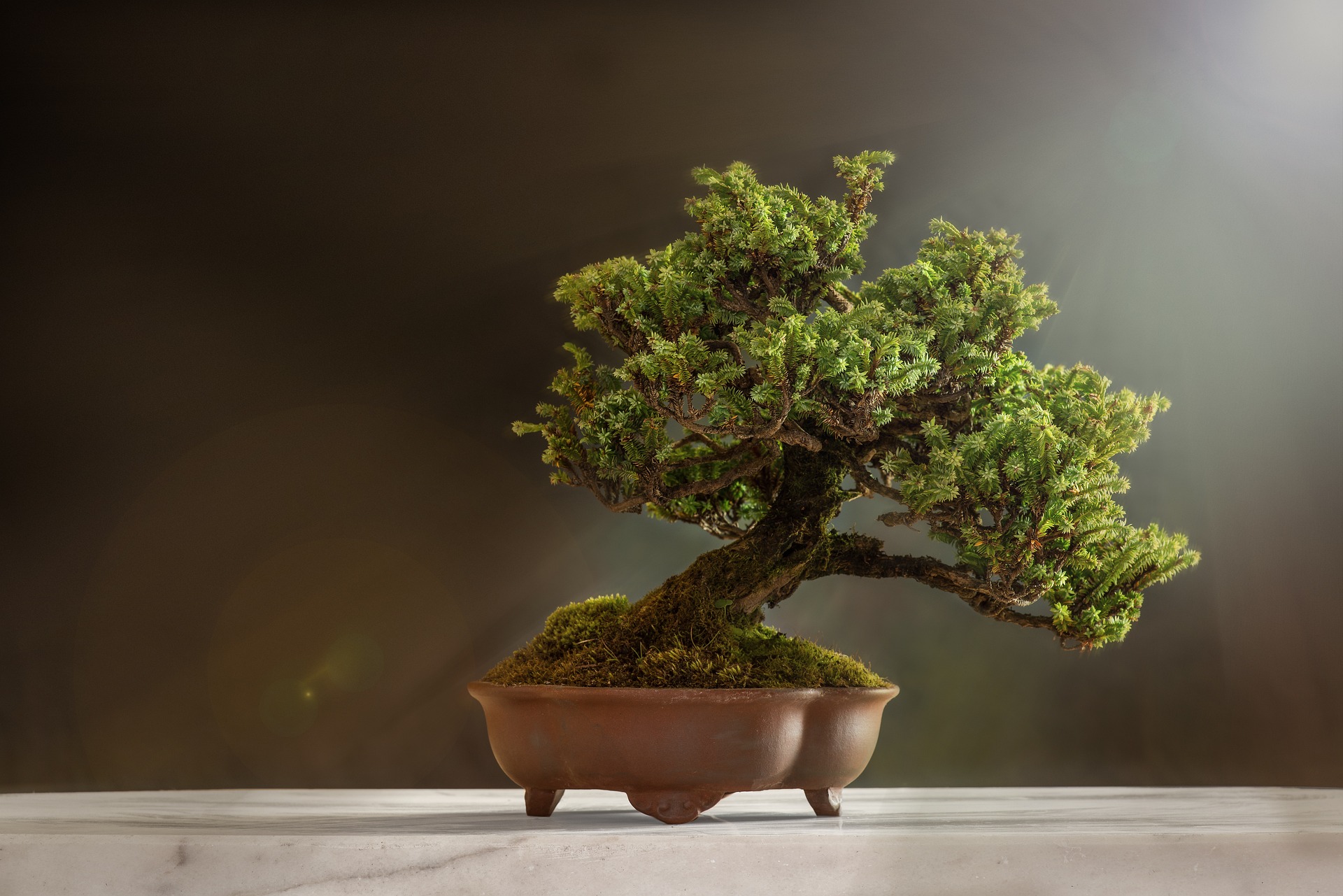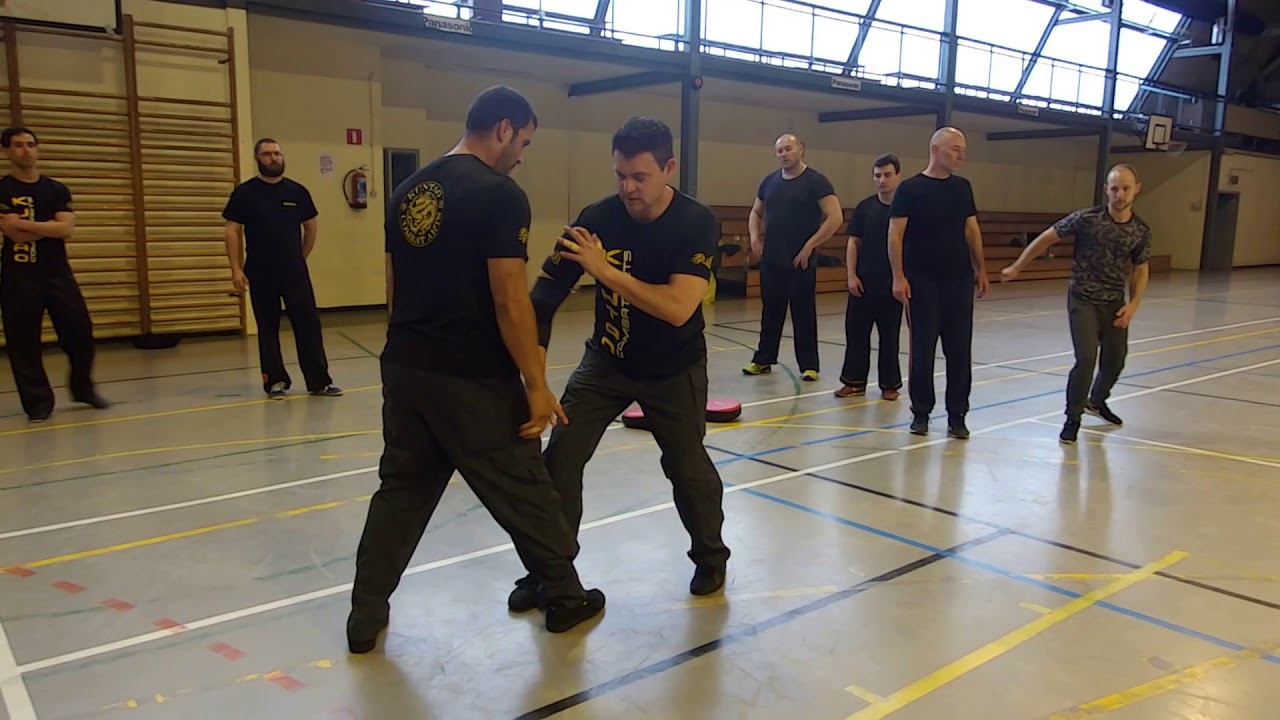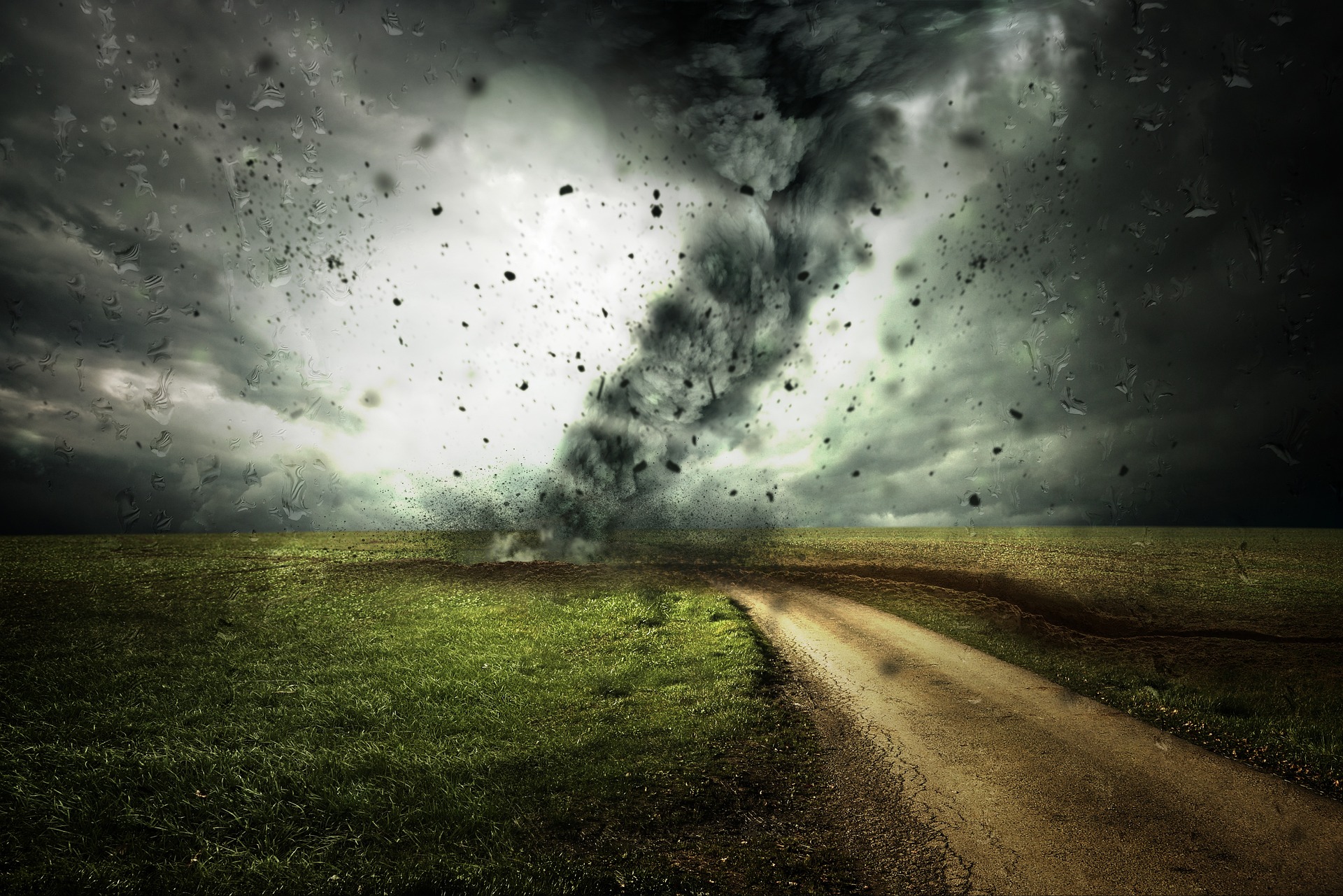The bonsai tree was made famous in martial arts circles by the classic film The Karate Kid, where Mr. Miyagi carefully tended to a room full of these small, exquisite trees. More than just a cinematic symbol, the bonsai offers a powerful metaphor for martial arts practice. A bonsai is not simply a miniature tree—it is a living sculpture, shaped daily by the patient and purposeful hand of the gardener. In the same way, the martial artist shapes and refines their technique through steady, mindful training.
Just as no two bonsai trees are the same, no two martial artists are precisely alike. Each person brings their background, body type, learning style, and mindset to the mat. One student might be fast and agile, while another is strong and methodical. A good instructor recognizes this and helps the student shape their own unique martial “tree.” The path to mastery doesn’t lie in imitation—it lies in self-discovery, refinement, and personal expression.
A bonsai requires daily pruning to stay healthy and retain its intended shape. The same is true for martial arts. Progress happens not in leaps, but in daily effort. Practice each day, even for a few minutes. Trim away bad habits, unneeded movements, or wasted energy. Keep your stances solid and your techniques sharp. Constant practice—like pruning—is how excellence is cultivated over time. As the old saying goes, “If you’re not getting better, you’re getting worse.”
The tray or “bon” in which the bonsai grows represents containment and structure. In martial arts, this is your foundation—your core techniques, principles, and drills. A bonsai can only grow beautifully within the limits of its container; likewise, your martial skills grow best when rooted in strong fundamentals. Mastering your basics allows your technique to grow with strength and purpose. Change the “tray” sometimes—train in sand, on hills, in water, or in cramped spaces. Changing your training environment makes your fundamentals adaptable and battle-ready.
Finally, the beauty of the bonsai lies in the eye of the gardener, just as the artistry of martial technique lies in the eye of the student. Some see beauty in a flowing kata, others in a devastating throw. You must decide what kind of martial artist you want to be. Find meaning and expression in your movements. Don’t just perform techniques—shape them with intention, creativity, and discipline. Your art is your own.
Just as bonsai demands effort, ingenuity, and daily care, so does Kempo Karate. Train with purpose. Eliminate what is unnecessary—practice in different settings. Refine your form with artistry in mind. The steady and thoughtful practice of your martial arts material is essential to mastery. This mindset will transform you into a superior artist—not just in technique, but in spirit.
Start today. Shape your martial tree. Be your own gardener.
Want to cultivate better training habits and sharpen your technique like a bonsai master? Join our upcoming Kempo Karate workshops to learn how to prune, refine, and grow with purpose.
Learn how to grow your own bonsai:



